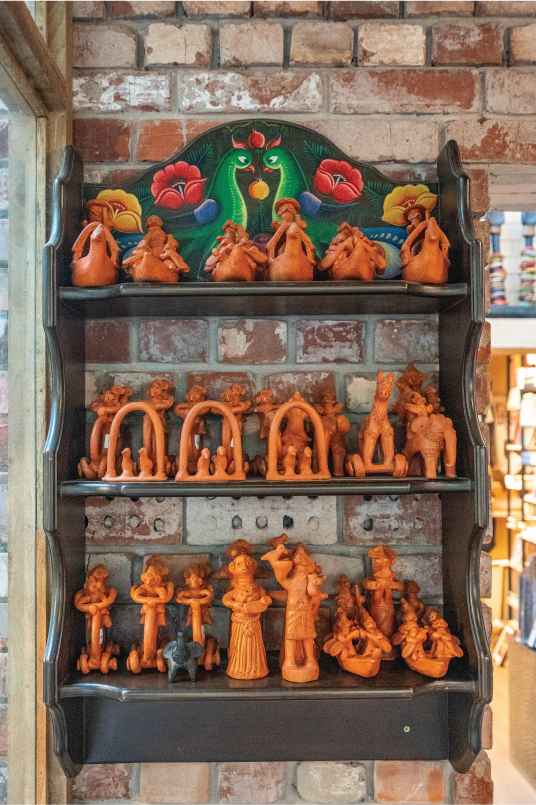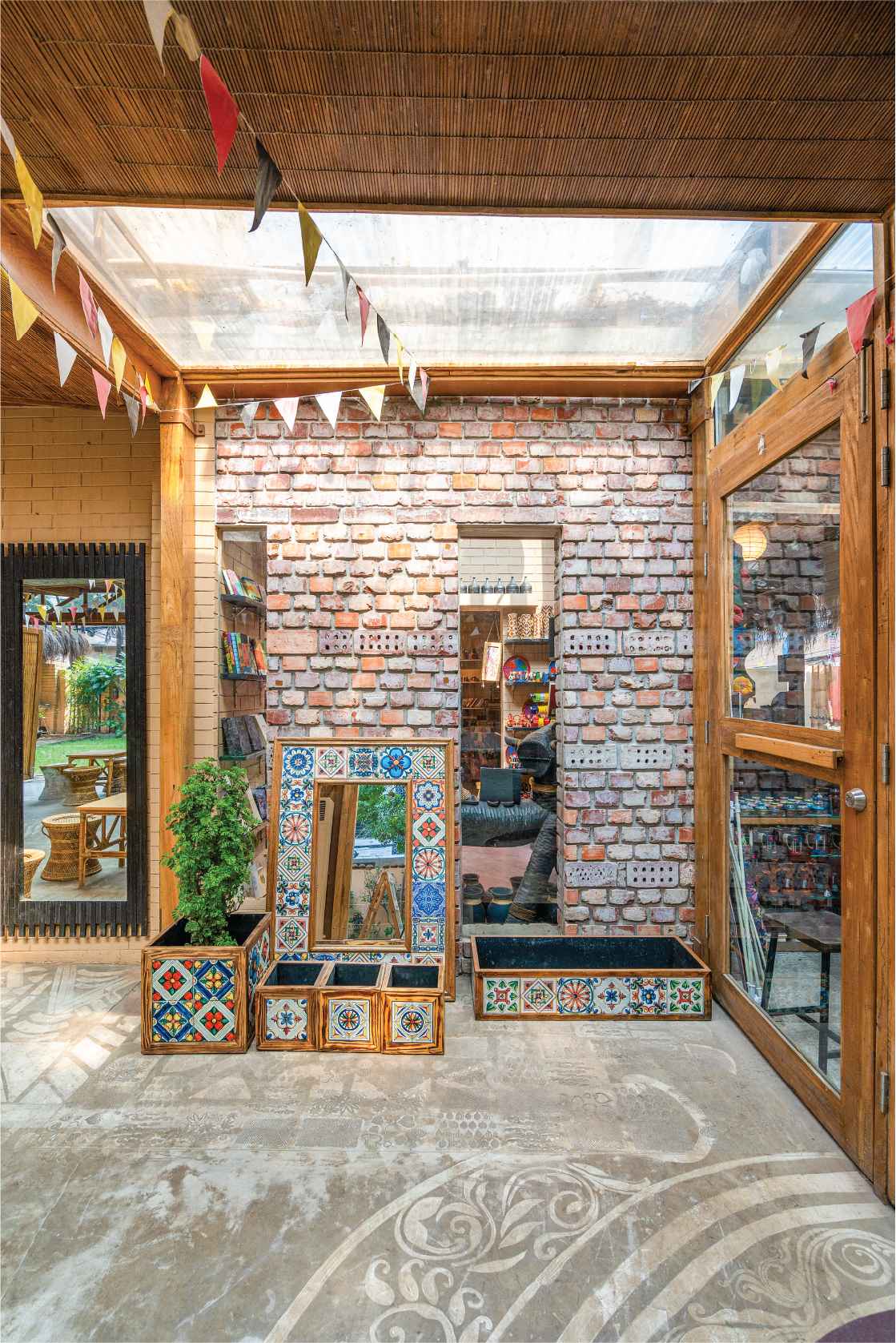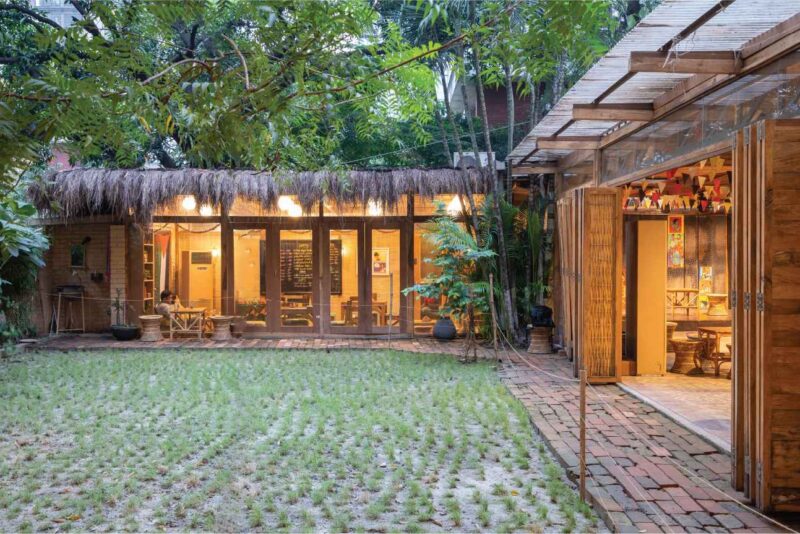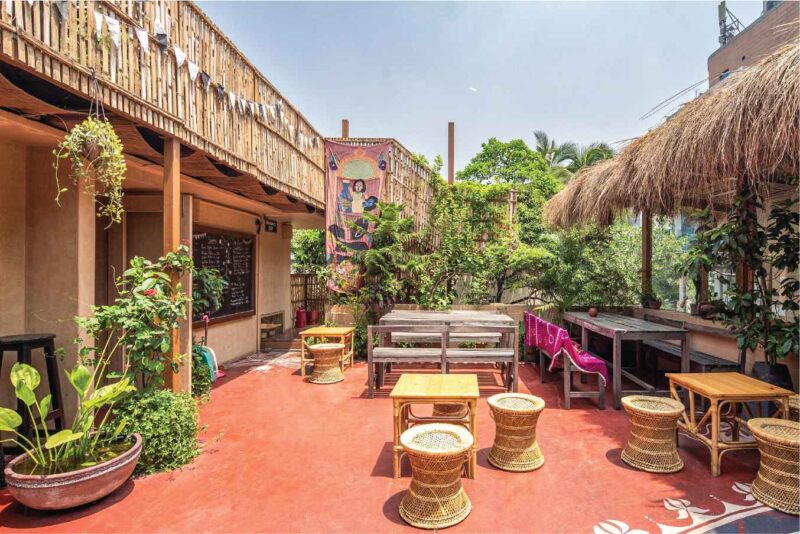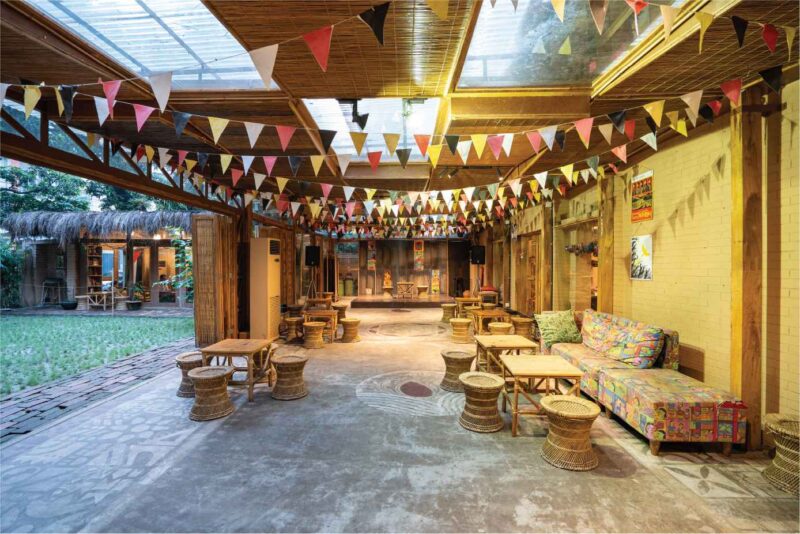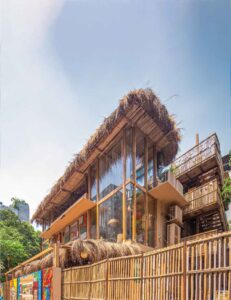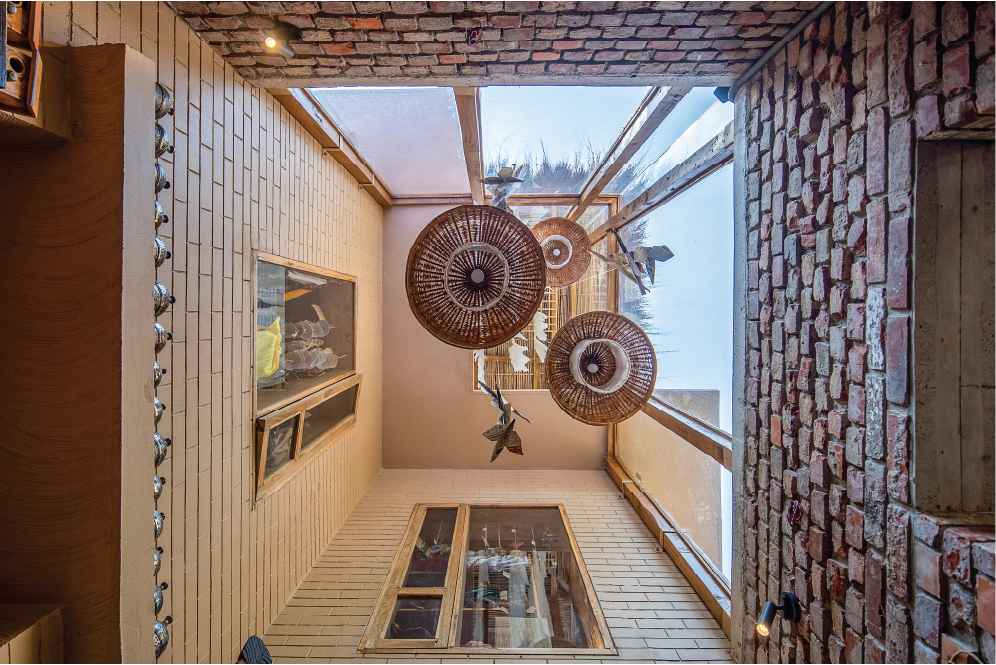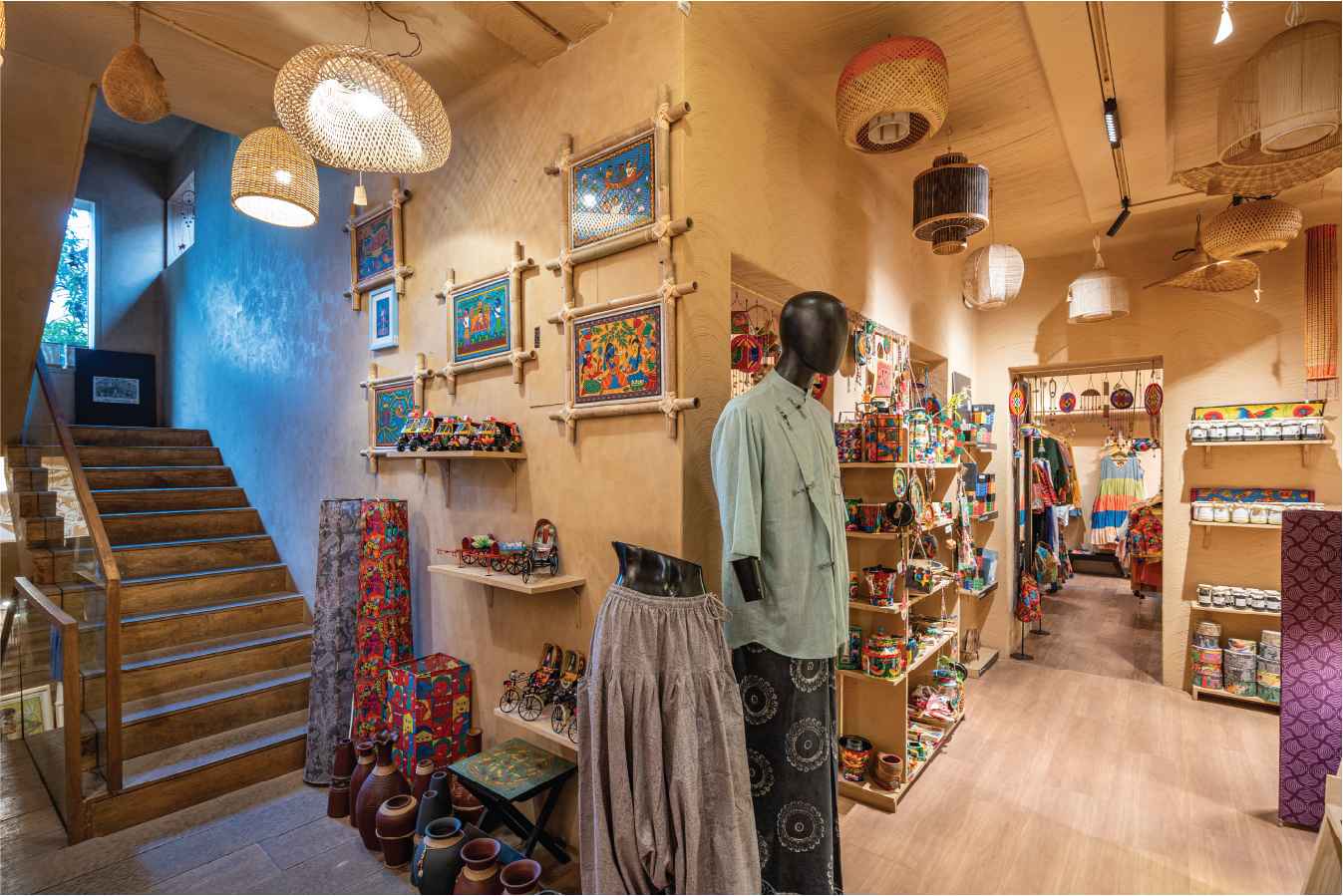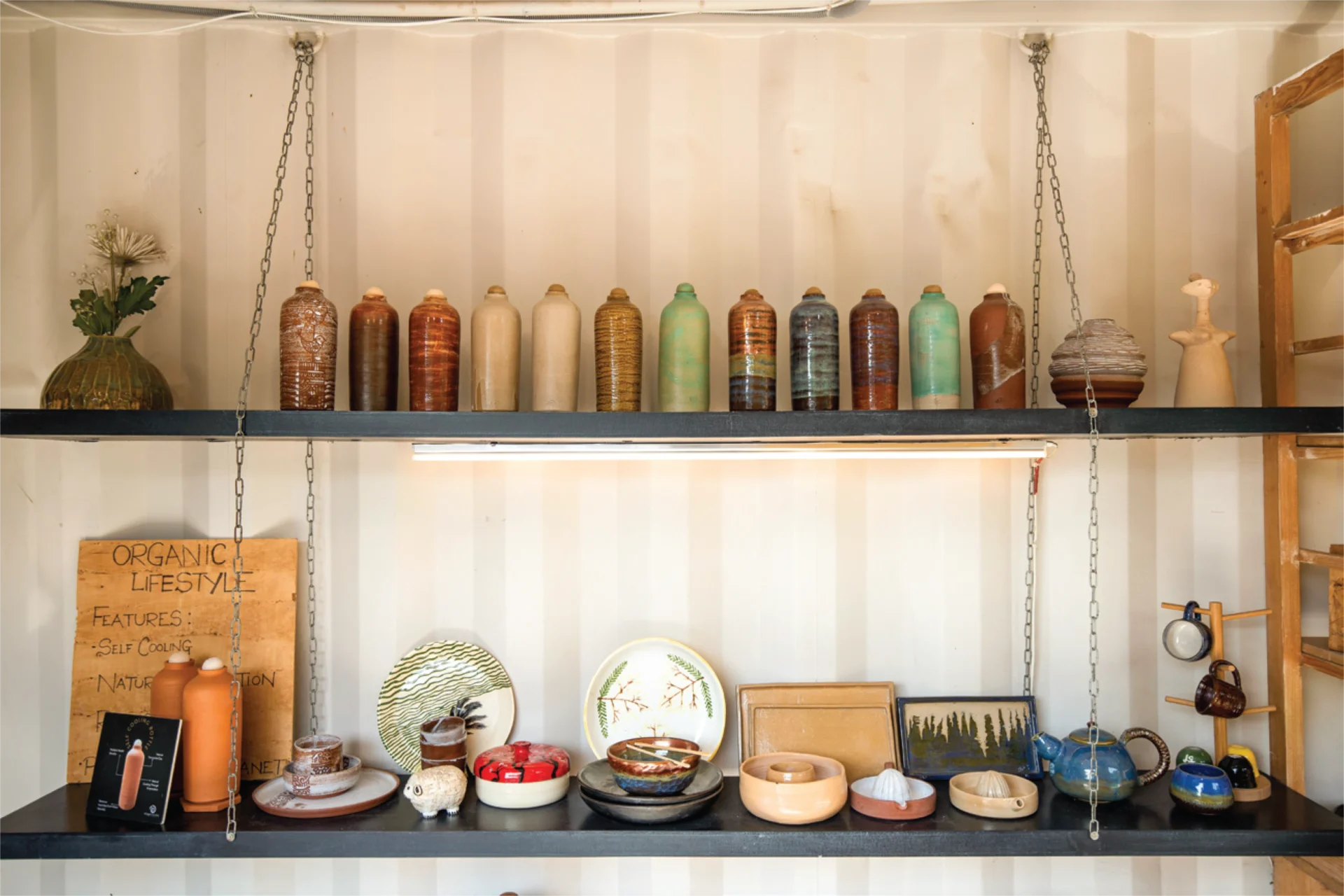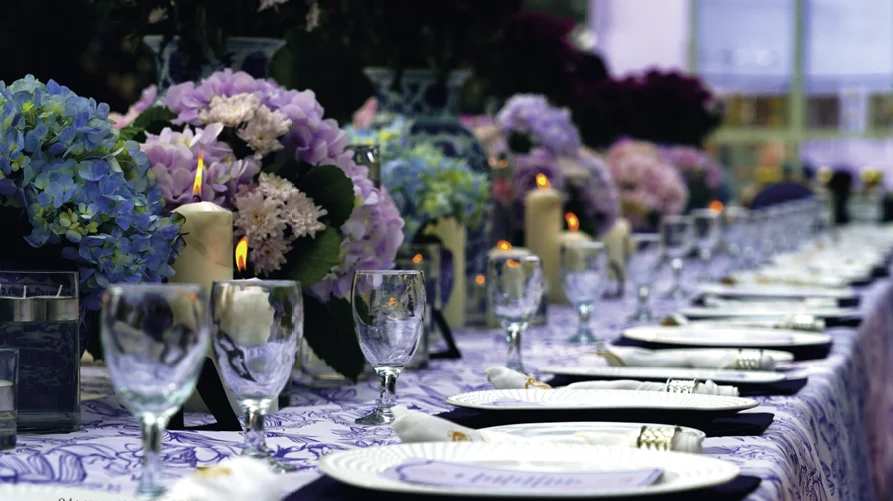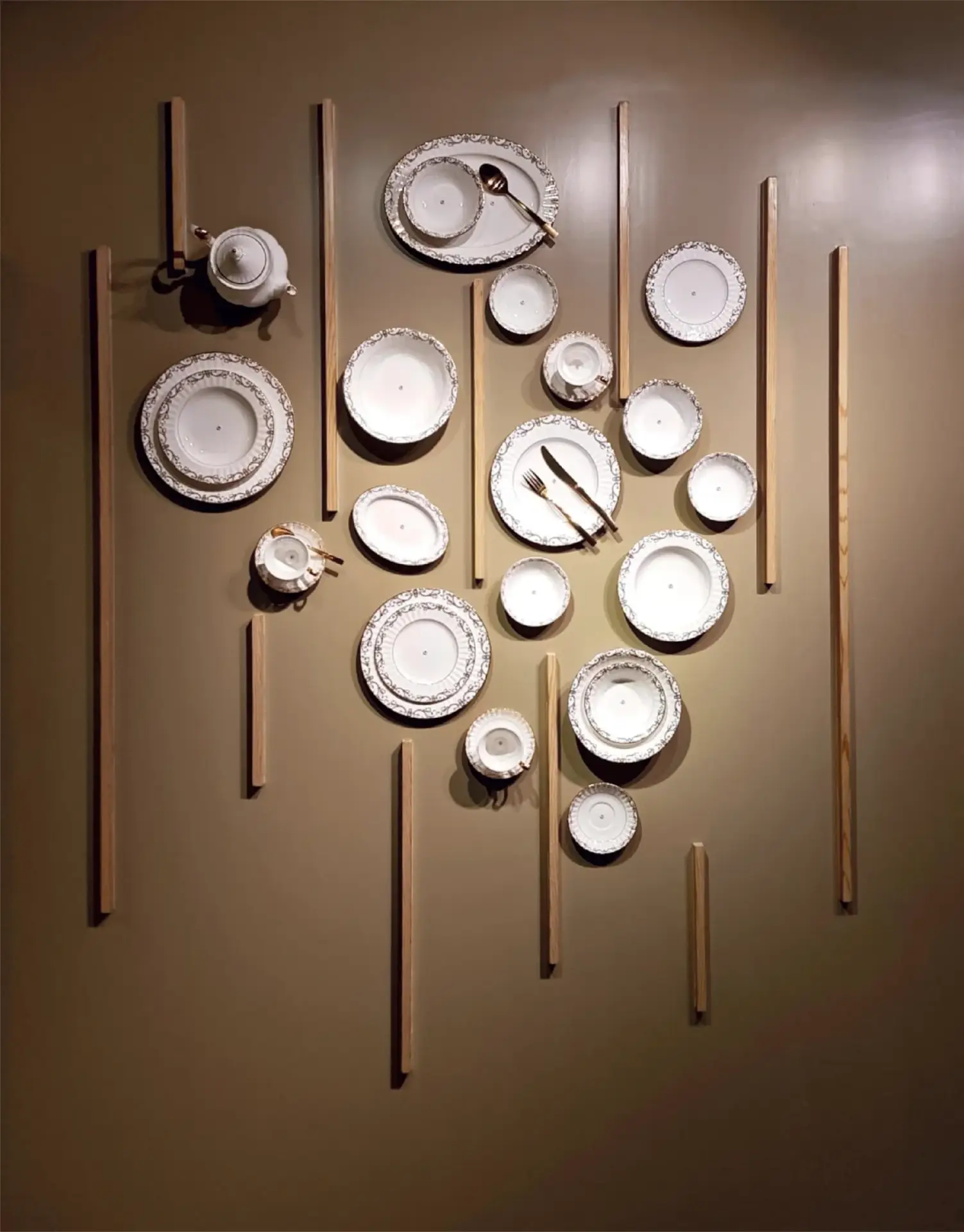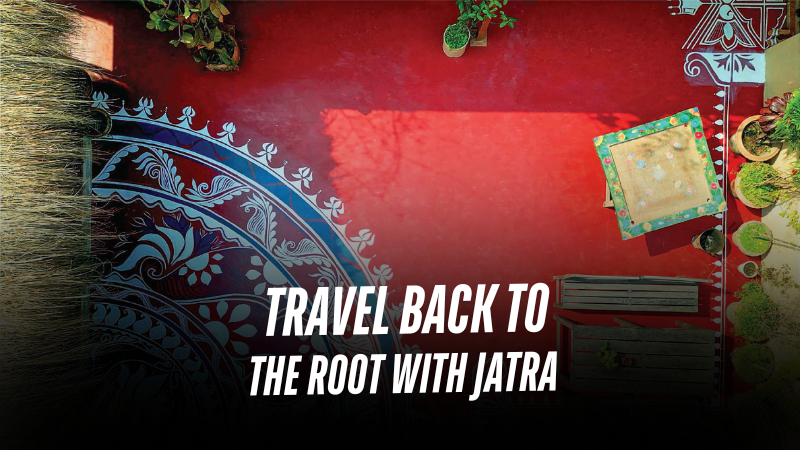
For now, you forget that you are in Dhaka city and go back to the rural roots. Thankfully, Jatra has made it possible in this city. Amidst the rigid and chaotic city life of Dhaka, if you need a break, miss the rural natural vibe, and want to have a warm and cozy time with a vegetarian meal in a colorful, mesmerizing rural Bengal ambiance with folk music, then surely “JATRA” is the place to visit.
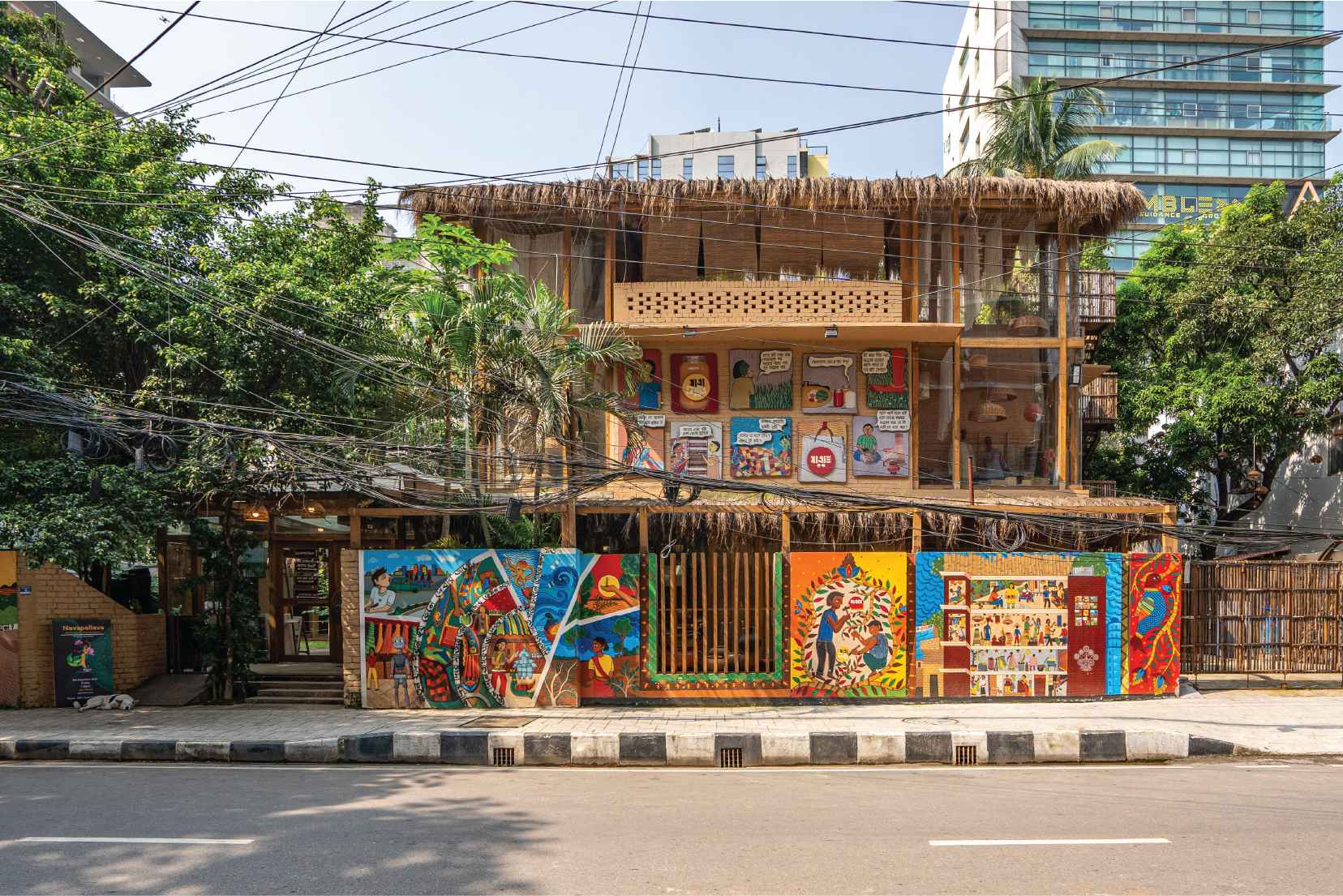
Imagine, on a moonlit night, you’re sipping tea under the sky, and a mesmerizing flute is blessing your ear; the breezy sound of the thatched roof plays along with the music. You look around and see the mud-textured wall, bamboo trees, fences, and traditional local art everywhere. For now, you forget that you are in Dhaka city and go back to the rural roots. Thankfully, Jatra has made it possible in this city. Amidst the rigid and chaotic city life of Dhaka, if you need a break, miss the rural natural vibe, and want to have a warm and cozy time with a vegetarian meal in a colorful, mesmerizing rural Bengal ambiance with folk music, then surely “JATRA” is the place to visit.
Jatra was created in the year 2000 in Banani by artist and musician Anusheh Anadil to highlight Bangladesh’s folk arts and crafts. Harmony with nature is one principle philosophy of Anusheh. In Bengali, Jatra means ‘journey.’ The people and culture of Bangladesh are vibrant, and everywhere the “Jatra” is visible, that vibrancy and harmony are visible. The art and music lounge of Jatra is “Jatra Biroti.”. In 2023, Jatra was relocated a few buildings away, close to their previous address. The design is done by the “Roofliners_studio of architecture” in association with “Charuta” as the construction partner.
Late Ar. Rajib Ahmed, Ar. Tesha Sarawat, and Ar. Monon Bin Yunus played an important part in the design of “Jatra.” They have shared their journey of designing “Jatra” with us. Ar. Tesha Sarawat said, “We are connected to Jatra from the very beginning. As a designer, as a friend, as an acquaintance, we contain the philosophy as well. The harmony of nature and human beings is the philosophy of Anusheh. We also believe that this helped us design the place.
Jatra was a fun project. Guidelines were there; also, there was full freedom of designing. The experiment was there too. Adding, eliminating, and adapting from the mistake was the design principle that we’ve followed. We have got a building with a field. We have designed the entry in a welcoming way so that any passerby feels like entering the place without even realizing when they have entered. The performance space is seen from the road. Jatra wants to go closer to people and wants to take people closer to nature. It was all kept in mind while designing.” The main challenge was that the building was very small and congested when they got it. Small rooms, one door, like an old residential house. Also, the structure was brick. So they couldn’t break wherever they felt like. It was impossible without expert engineering advice. Eng. Mashroof Kabir was there, who advised on where to break and where not to, keeping the structure stable. In this way, the whole place became like an interconnected floor. So that, when you go inside, you become confused about the entry and exit, like a maze. Which is strategically good for a showroom design and is intentionally done in this way.
The thatched hut, with a mud-textured wall with traditional ìPuthi artî throughout the wall continuing up to the roof in some places, bamboo seating, and a small ìgamchaî patterned flag with cozy and warm light, ensures very selective usage of interior detailing and the right execution of the concept of distinct rural Bengal ambiance.
“One big multipurpose hall was added later; one structure of mango wood was added. One kitchen of the restaurant was added on the roof. Structurally, the building was two-and-a-half-storied. It was not very fragile itself. But the addition we were supposed to do could not be mistaken. No technical mistakes could be made while modifying. Keeping the permanent part, many things would be added to the design journey that we have decided on at the beginning of the design. Then we did this. It’s continuing. Every year something will be added. That is the journey. Jatra Biroti is the restaurant part, but the whole philosophy is jatra”, said Ar. Monon bin Yunus. It was just a building with a field. Old, but not very old. There was a plinth in the front, which is the hall room now. The plucked structures are not very permanent. Mango wood, hemp (Shaun), and tin are the types of materials that are used. The hall room is an important function but gives the vibe of a temporary structure. Plus, “jatra biroti,” the restaurant part has an extension on the ground floor, which is also of mango wood structure and hemp (Shaun). The restaurant part also continues on the roof and the top roof.
Some interesting elements, like blocks and dice of blocks, are used on the roof. The old staircase is also there as an exhibit. Reusing almost everything from the old “jatra” is seen everywhere. The thatched hut, with a mud-textured wall with traditional “Puthi art” throughout the wall continuing up to the roof in some places, bamboo seating, and a small “gamcha” patterned flag with cozy and warm light, ensures very selective usage of interior detailing and the right execution of the concept of distinct rural Bengal ambiance. The courtyard, or “Uthan, is the most original and core architectural element of every rural Bengal homestead. This courtyard is the main attraction of “Jatra Biroti,” surrounding which is all the thatched-roof lower seating area in a small raised plinth with bamboo-silted woven curtains and colorful artworks.
The idea behind it was to recreate a traditional courtyard of the delta. To build a warm, inviting place where guests can enjoy performances by musicians and artists under the stars. Like the bauls of old who’d sing in the open uthan of a village home, the performance area is designed to be in the middle, surrounded by an active audience. The guests would be able to sit and relax and enjoy their meals in the ambiance without disturbing the performance. The Jatra Biroti parts of the roof have a lot of things from the previous “Jatra,” which was done by the “studio bangi.” Ar. Salzar Rahman said about the sitting idea, “We wanted the space to be cozy and lit up. We wanted people to huddle together and listen to music while sipping tea. During rain, the performers would move into the shade in the back.
We wanted people to sit on the floor, but we also needed the floor not to be wet. So we elevated the structure and put hollow bamboo to line it so that water would just fall through. The bamboo floor is interrupted with wooden strips lining up with the columns. We designed the tables to span across.” Jatra’s journey is continuing. From old Jatra to new. Maybe when the time for maintenance of materials comes, we will see some other modifications. The way Ar. Tesha said it, it’s like that. It is kind of an outdoor studio, which is like an ever-growing sculpture.” So, Jatra is like its name. It is like an eternal journey.
Written By: Sadia Tarannum



